
by Support Tech | Mar 2, 2025 | RESOURCE LIBRARY, ARTICLES, Car Audio
When it comes to lighting the road in front of your car or truck at night, most enthusiasts focus on light intensity instead of headlight bulb color. It’s straightforward to see the difference between yellowish light produced by incandescent halogen bulbs and the...
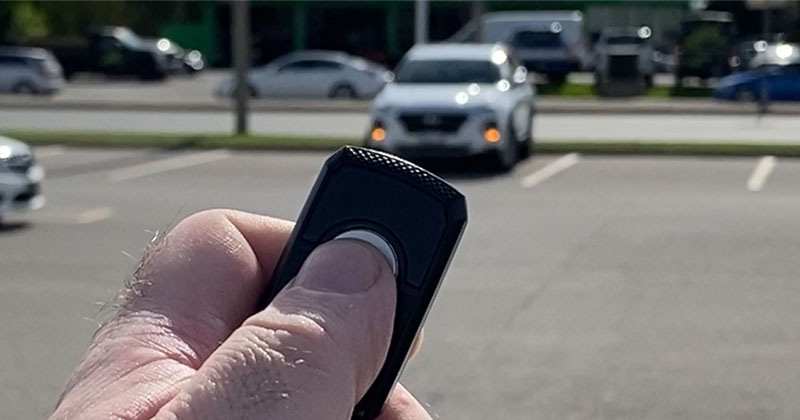
by Support Tech | Feb 16, 2025 | RESOURCE LIBRARY, ARTICLES, Remote Car Starters
Range is the critical factor in the quality and performance of a remote car starter or security system. That’s the distance between you and your vehicle when you’re sending a lock, unlock or remote start command, or are hoping to receive a security notification. If...
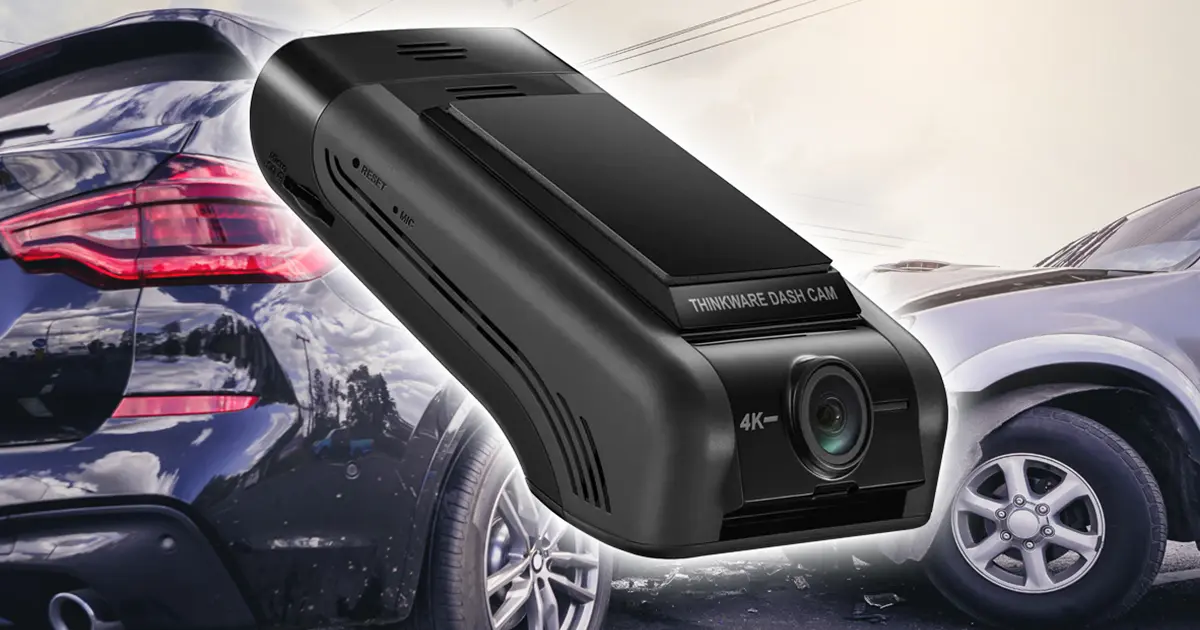
by Support Tech | Feb 14, 2025 | RESOURCE LIBRARY, ARTICLES, Driver Safety, PRODUCTS
If you are shopping for a premium dash camera with a high-resolution image sensor, the Thinkware U1000 Plus should be on your shortlist. This solution can record video in 4K resolution and is available with a secondary camera to capture what happens behind your...
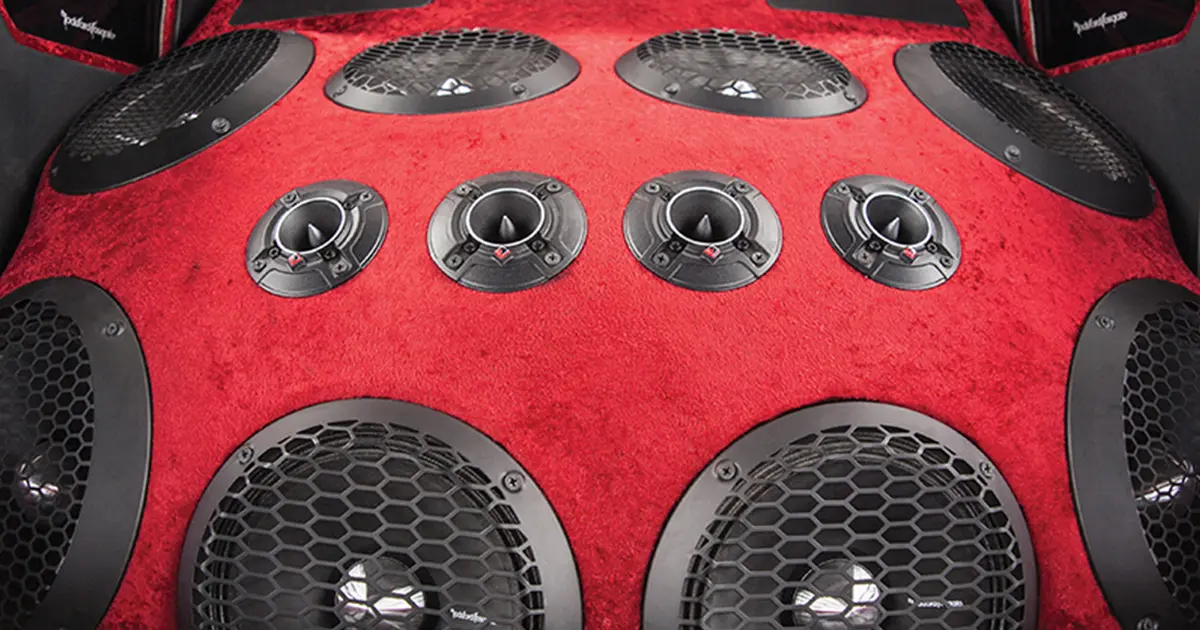
by Support Tech | Feb 3, 2025 | ARTICLES, Car Audio, PRODUCTS, RESOURCE LIBRARY
Not long ago, we took a look at the impressive PPS4-10 10-inch Punch Pro midrange drivers from Rockford Fosgate. While they are great for keeping up with a trunk full of subwoofers, what works in terms of reproducing those high frequencies? This spotlight focuses on...
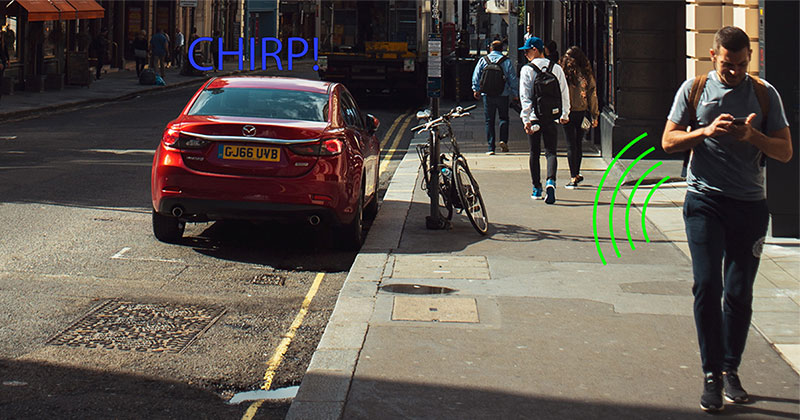
by Support Tech | Feb 2, 2025 | RESOURCE LIBRARY, ARTICLES, Remote Car Starters
Using a smartphone app to control your remote start or car alarm system is nothing new. Technologies like Drone from Firstech have been around for several years. As with any technology, manufacturers are always working on new features that improve existing platforms’...
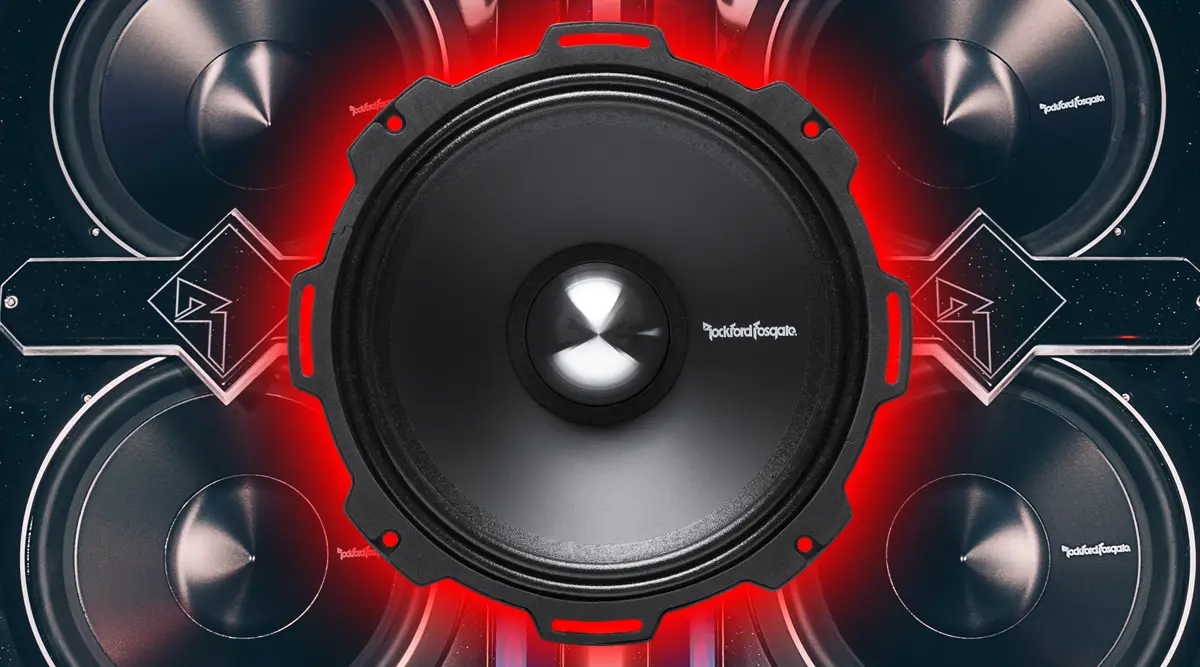
by Support Tech | Jan 20, 2025 | RESOURCE LIBRARY, ARTICLES, Car Audio, PRODUCTS
What do you do when you need midrange speakers capable of keeping up with a pair of 15-inch Power Series subwoofers in the back of your SUV? The answer is the Rockford Fosgate PPS4-10 Punch Pro 10-inch speaker. These beasts boast a subwoofer-sized voice coil and...







